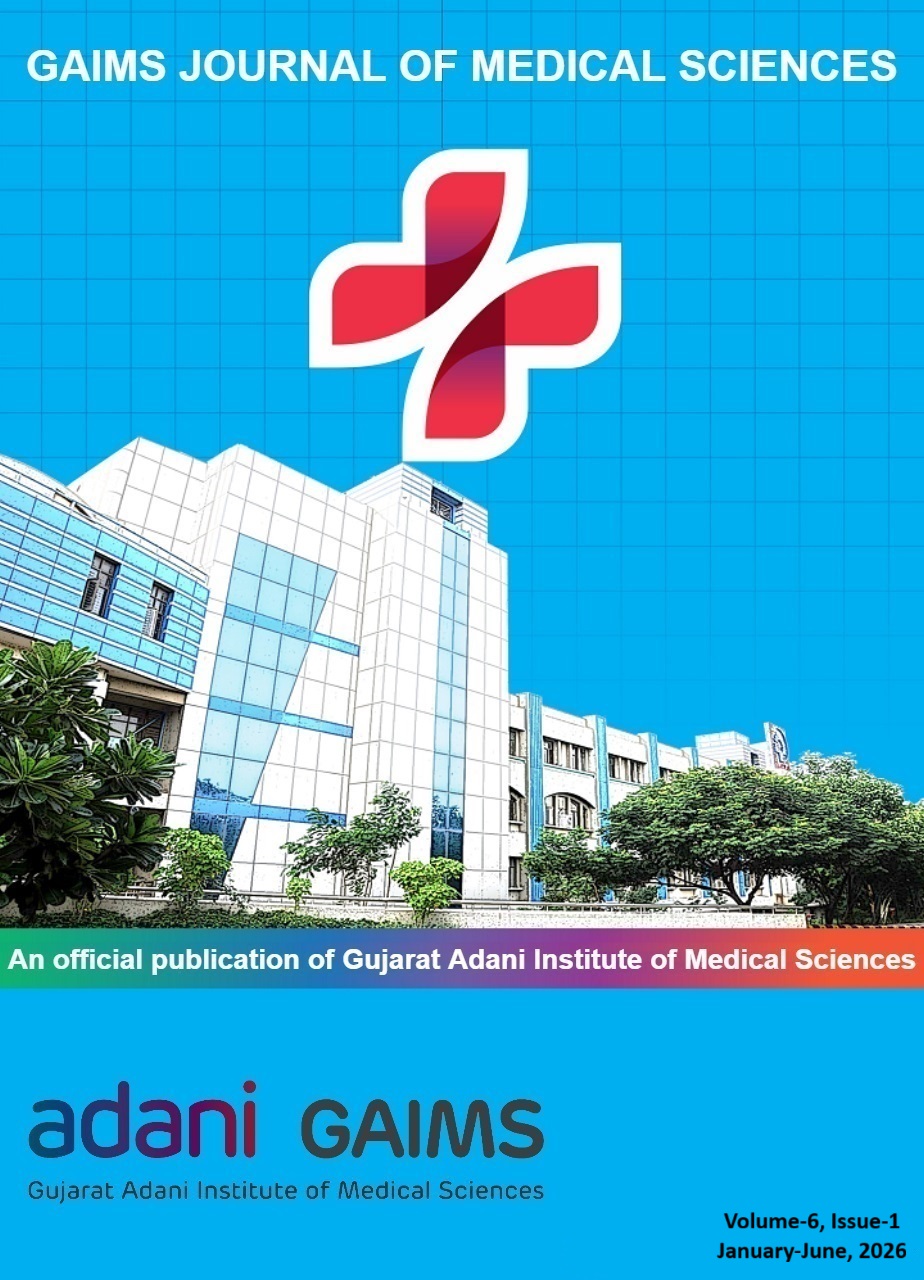Decoding the Triglyceride/HDL-C Ratio: A Marker for Type-2 Diabetes Risk
Keywords:
Diabetes mellitus, Glycemic Control, HDL-C, Insulin resistance, TriglycerideAbstract
Background: Diabetes mellitus (DM) is the most common endocrine disorder worldwide. Beyond the established markers of glycemic control and insulin resistance (IR), there remains a need for reliable, accessible, and reproducible indicators. To address this, our study evaluated the triglyceride to HDL cholesterol ratio (THR) as a potential marker for insulin resistance and glycemic regulation.
Materials and methods: We retrospectively analyzed TG, fasting serum glucose (FSG), and fasting insulin levels from 953 samples processed between March and August 2024. Based on homeostasis model assessment-estimated insulin resistance (HOMA-IR) values, patients were categorized into two groups: good versus poor glycemic control. The discriminatory power of the triglyceride-to-HDL cholesterol ratio (THR) for differentiating these groups was evaluated using Receiver operating characteristic (ROC) analysis, with statistical significance set at p<0.05. Furthermore, multivariate logistic regression analysis was performed.
Results: The mean age of participants was 40.83 ± 16.78 years. Significant differences (p<0.001) were observed between patients with good and poor glycemic control in gender, FSG, HOMA-IR, FI, TG, and THR, but not in age (p=0.613). Pairwise correlation showed THR had a moderate negative correlation with HDL (r=-0.555, p<0.001) and a strong positive correlation with TG (r=0.959, p<0.001). With a cutoff value of ≥2.64, THR demonstrated high selectivity and positive predictive value (PPV) (AUC=0.72; Se=65%; Sp=70%; p<0.001; 95% CI: 0.66–0.78). Men were 2.247 times more likely than women to exhibit poor glycemic control (p=0.022). The risk of poor control increased by 1.045-fold with age and 1.056-fold with glucose (p=0.007).
Conclusion: Based on our findings, the THR appears to be a promising marker for assessing glycemic control and insulin resistance.
Downloads
Published
Issue
Section
License
Copyright (c) 2025 Asha Gupta, Dinesh Kumar Sharma

This work is licensed under a Creative Commons Attribution-NonCommercial-ShareAlike 4.0 International License.








